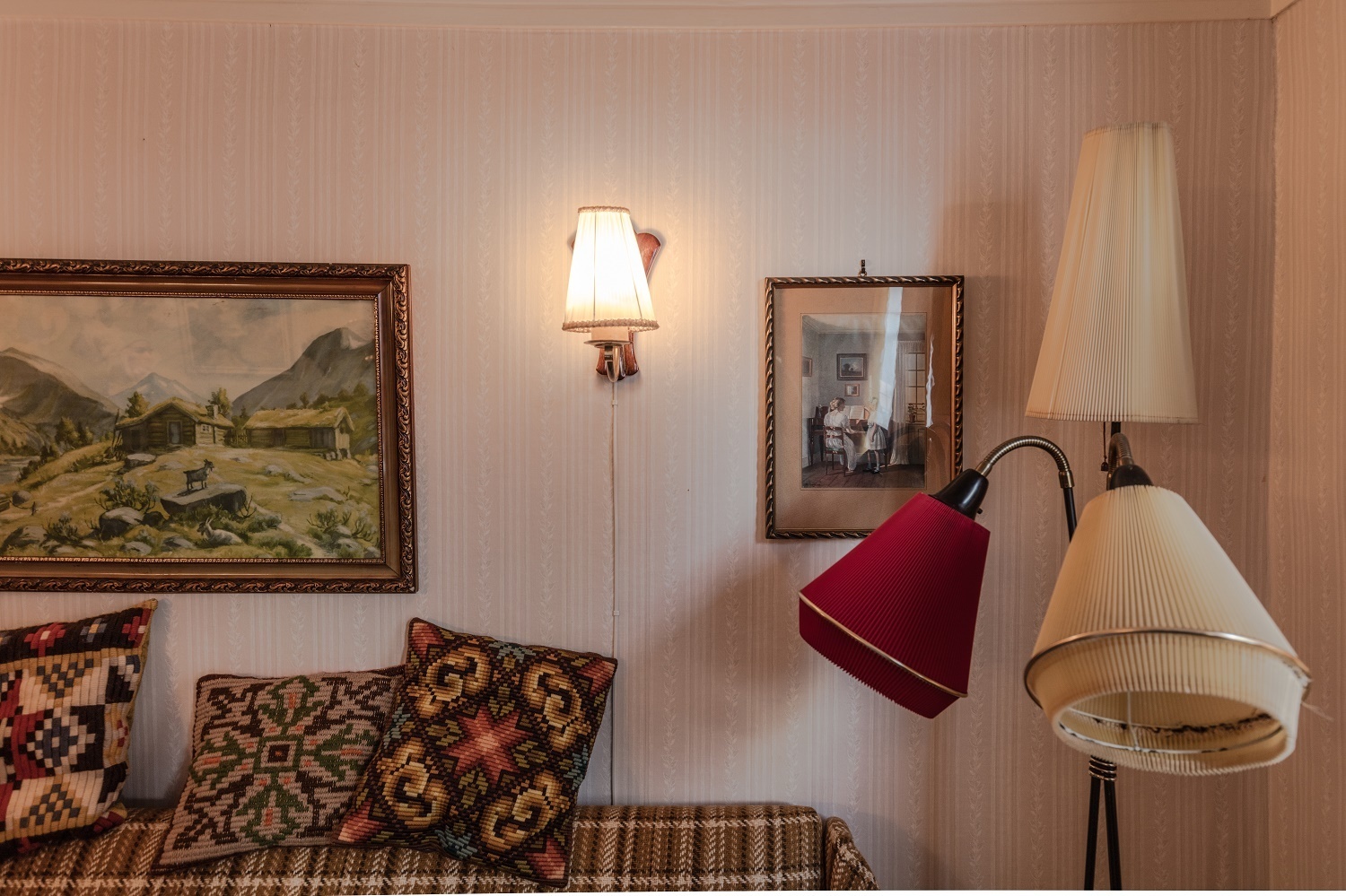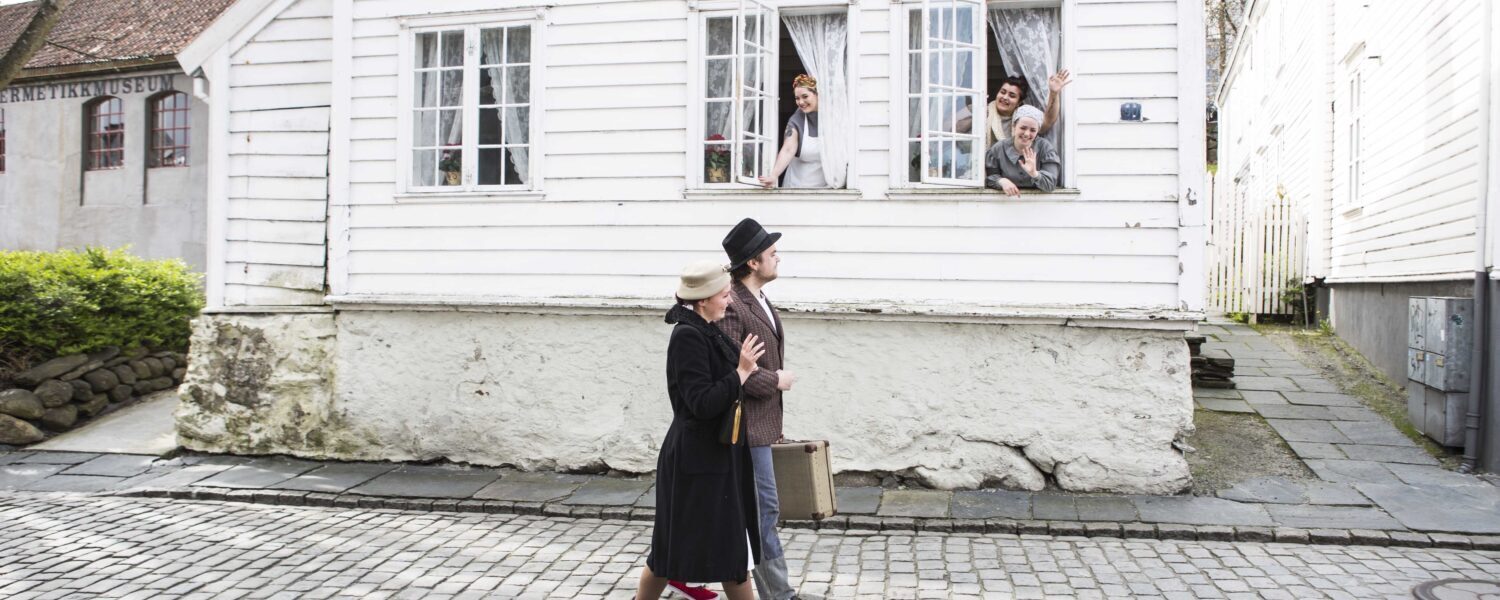No 90
Restored home from 1836.
Next to The Norwegian Canning Museum is No 90, an authentic 1800s house built in regency style architecture.
The house was first built in 1836 by the blacksmith Peder Pedersen Thilo, originally from Voss. After him came three subsequent generations of his family, who lived in the house until 1920. Later the house was taken over by the municipality of Stavanger and transferred to Stavanger Museum in 1997. The house is open daily during the summer season, and by appointment and on special occasions during the autumn/winter season.
RESTORATION WORK
The aim of the restoration work has been to illustrate how a house of this kind may have beendecorated in two different time periods. On the first floor the interior dates back to c.1920, and on the second floor to c.1960. The house was officially made over to Stavanger Museum in 1997 and was opened for the public in 2000. In addition to renovating and decorating the house, the museum has acquired household products and objects from the 1920s and 1960s in order to create the right atmosphere. It was actually easier to acquire artifacts from the 1920s than the 1960s. The reason is understandable: In 1920,things were made primarily of old, solid materials - particularly metal and wood – and hence lasted much longer than things made of plastic or cardboard. Handmade embroidery, for example, was taken care of and transferred as heirlooms for the next generation, even though they hadbeen in use for many years. Toys from the 1960s were particularly difficult to obtain. Most of them were probably broken years ago, and the few that were left had become collectibles. Furniture, however, was relatively easy to obtain. Sales and secondhand stores were very useful sources of such.

